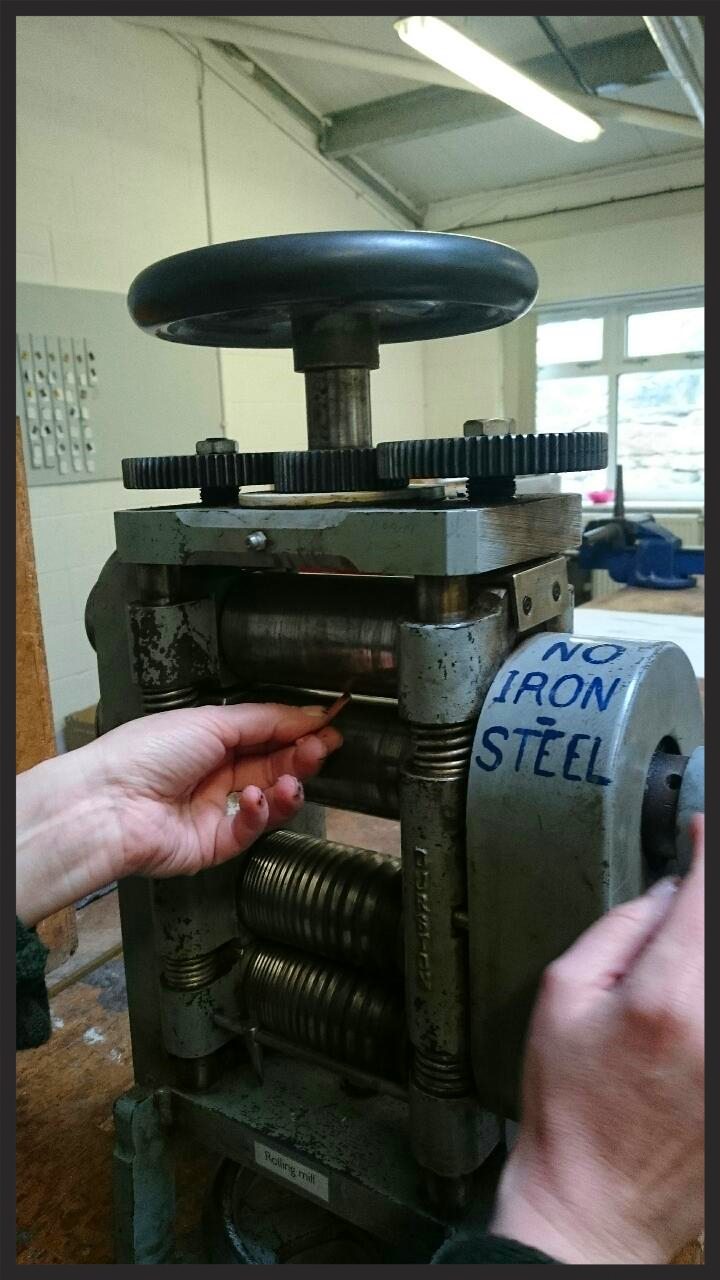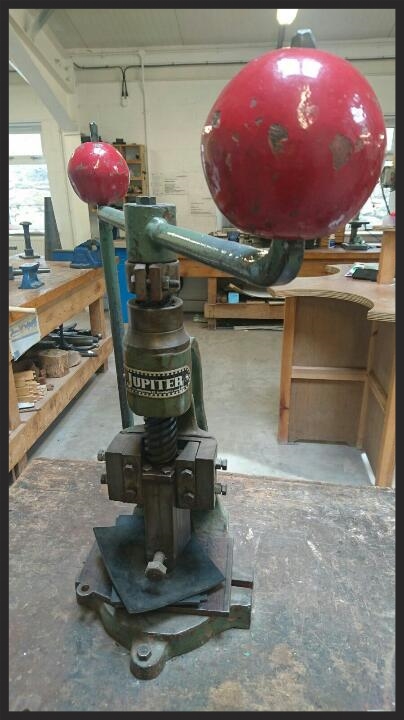After my research trip to The Natural History Museum in London, I travelled up to Wrexham in North Wales to visit Glyndwr University North Wales School of Art & Design.
Their jewellery and metal work department for applied arts is really hands on, with access to some fantastic techniques and equipment-a jeweller's dream!
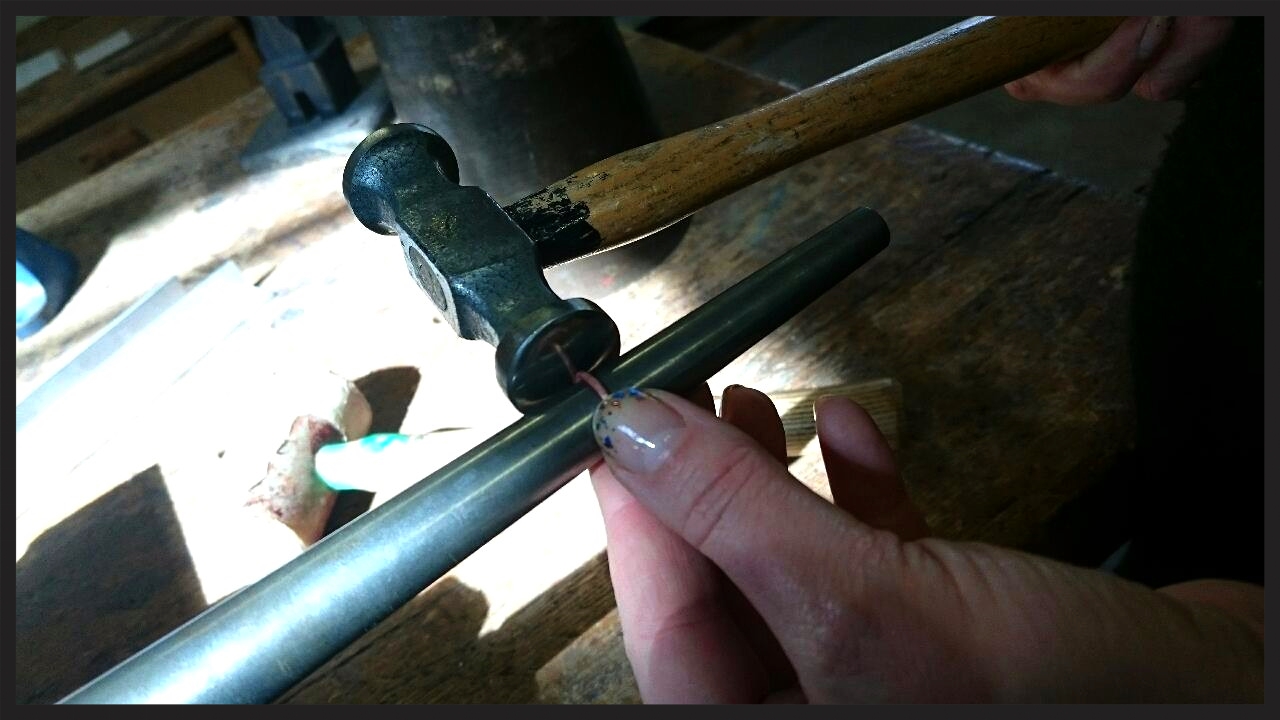
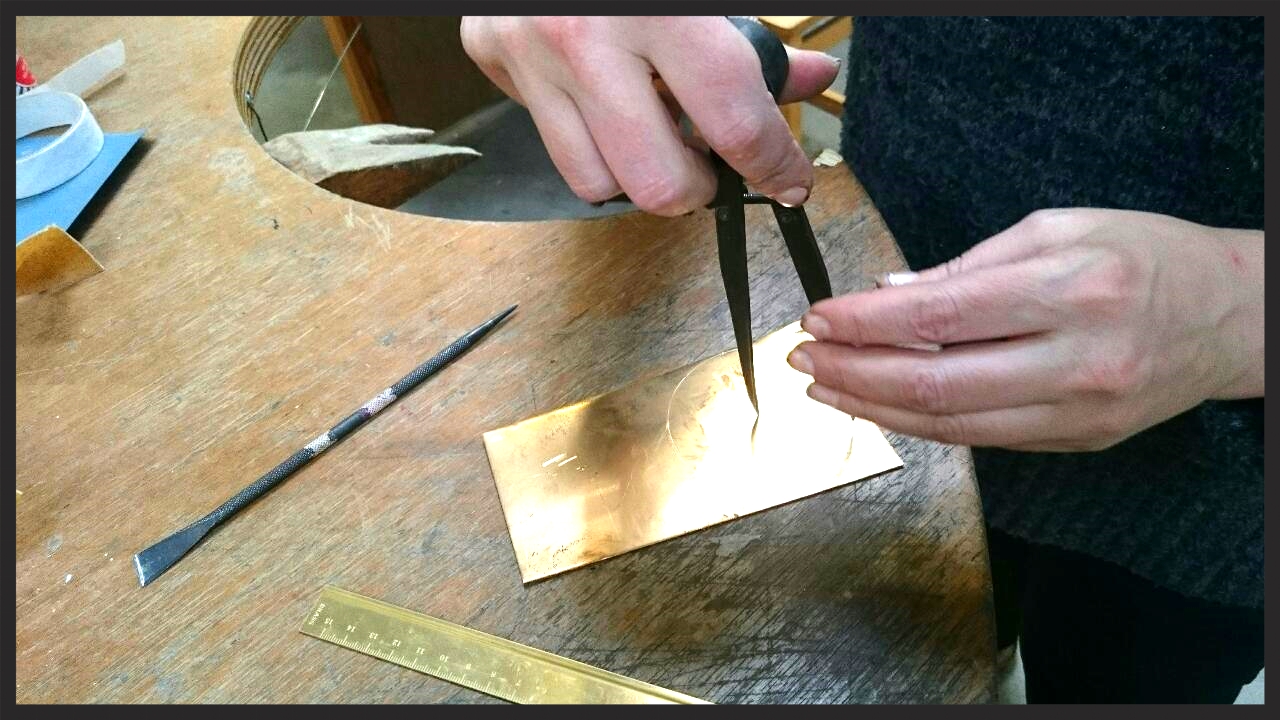
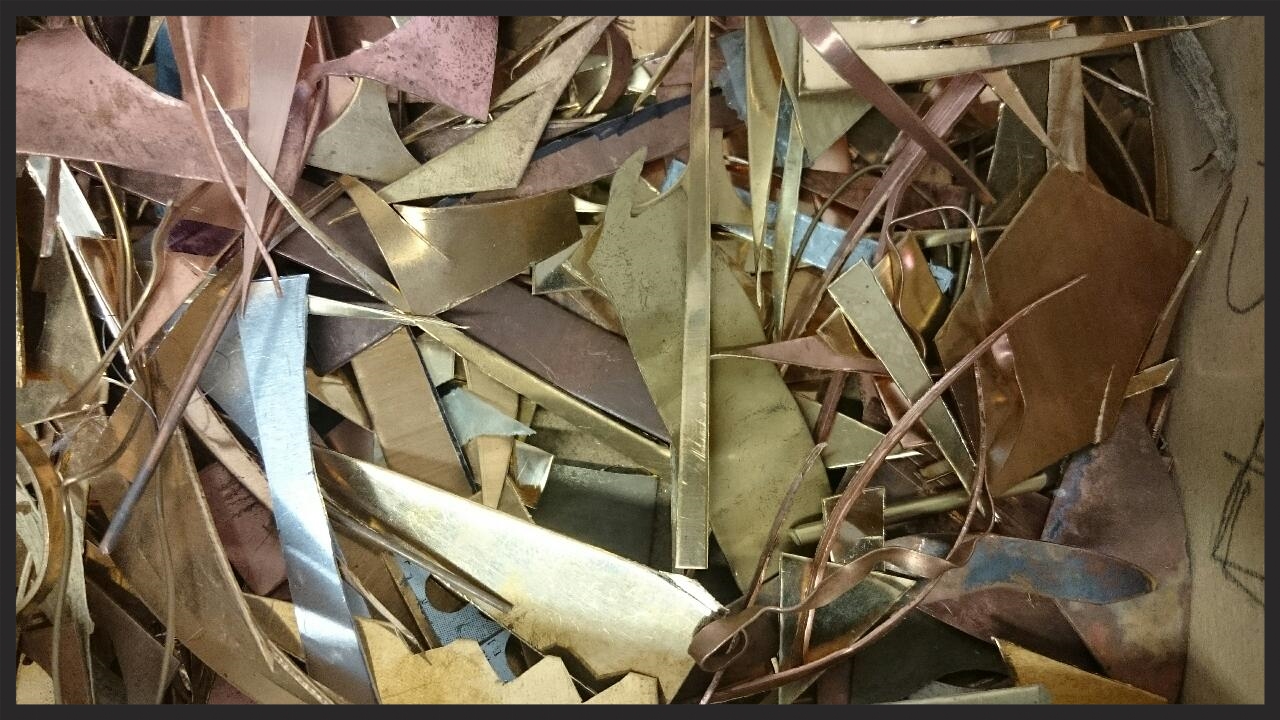
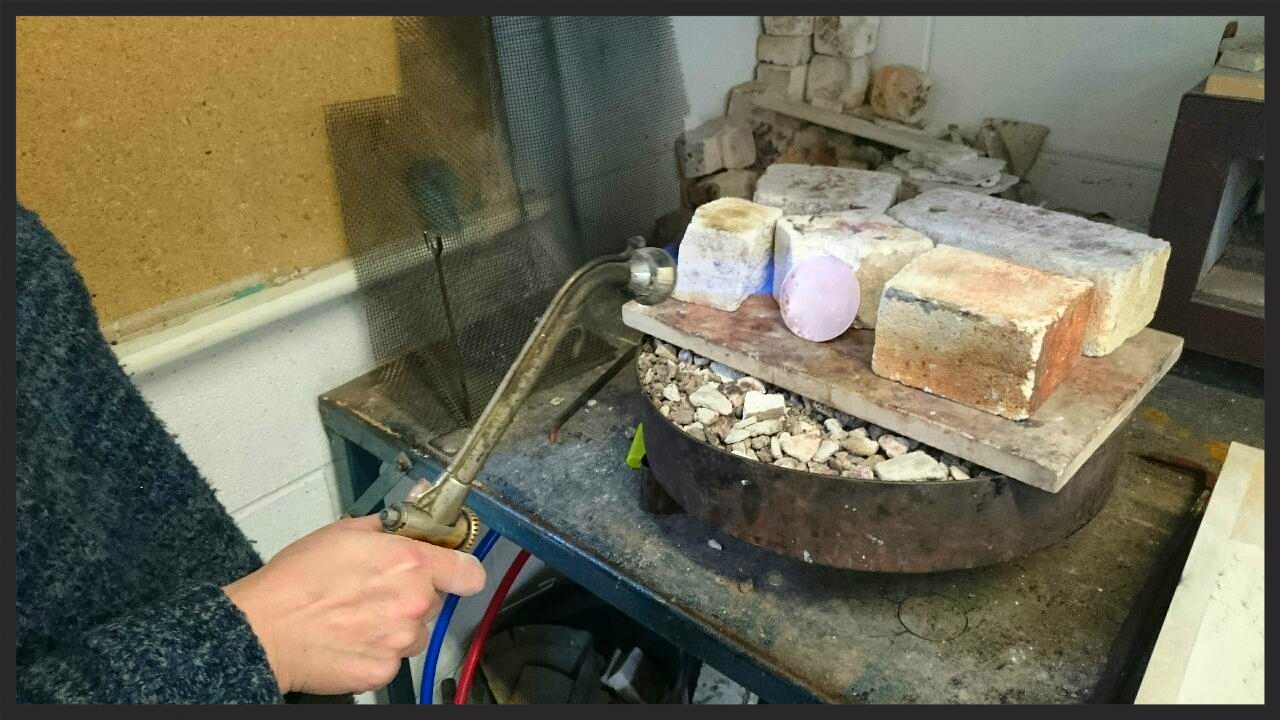
One of the most exciting processes available to students at Glyndwr is investment casting, also known as "lost wax technique" or "cire perdue".
This is one of the earliest forms of creating metal objects in civilisation, first used at Nahal Mishmar - “Cave of the Treasure!” This important hoard of early metal objects was only discovered in the 1960s when looking for the Dead Sea Scrolls!
The Chalcolithic trove at Nahal Mishmar showed an advanced local civilization that could import copper and create sophisticated artwork. (Courtesy of the Israel Museum & Times of Israel)
Although an ancient method, it is a complex process creating very precise works to capture tiny details of organic material or finely crafted masters carved in wax or a substance that burns away to leave the cavity which becomes the mould.
Double Ibex found in the hoard at Nahal Mishmar (courtesy of the Israel Museum via The Times of Israel website)
This is what makes the creation of a mould for investment casting similar to how a natural Epimorph forms. In an Epimorph, the “mould” is a mineral, capturing the shape and texture of the original mineral it has grown around, which naturally dissolves away. In the lost wax casting process, the mould is made with special investment plaster around the desired object you wish to capture the form of.
I love working with the real objects, casting and capturing their forms like my Gold Shard ring based on the shape of quartz
Many commercial and contemporary jewellers use casting, but as the process requires so much specialist equipment and is such an involved process, it is usually sent away to a company such as Weston Beamor who've been producing high quality castings for over 60 years. By doing so you pay for a mould and can use for repeat castings which is more cost effective and consistent to reproduce.
One of my favourite artists, Momocreatura makes exquisitely grisly silver jewellery. The fine detail is carved in the original wax with a pin!
The benefit of learning to perform this process yourself from start to finish teaches you an understanding about casting. This means if choose to send pieces to be cast by a company in the future you will appreciate the process and know how to get the best moulds and as a result best casts for your work.
Also, who wouldn't want the opportunity to cast their own treasures in the workshop!
It is a chance to feel like a real life alchemist as you see the original object go into the flask to then appear in the end "transformed" into precious metal!
Casting really is special.
Casting - feels like real life alchemy!
I'll break down the process step by step in my next blog post! Many thanks to Glyndwr, North Wales School of Art & Design for their time during my visit. If you would like to know more about their Applied Art opportunities get in touch with them to find out about Open Days and course availability.

